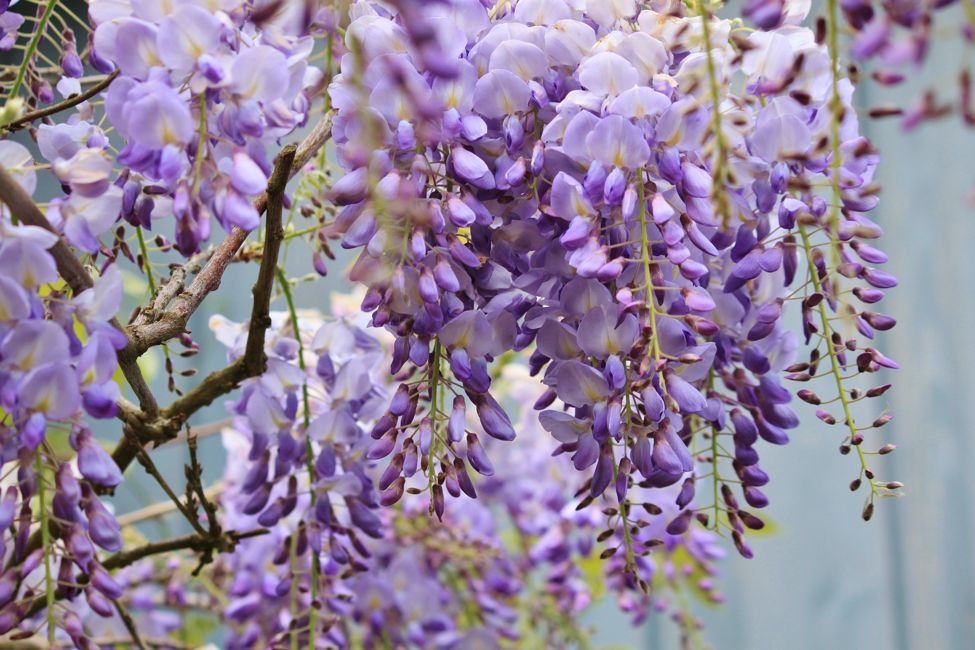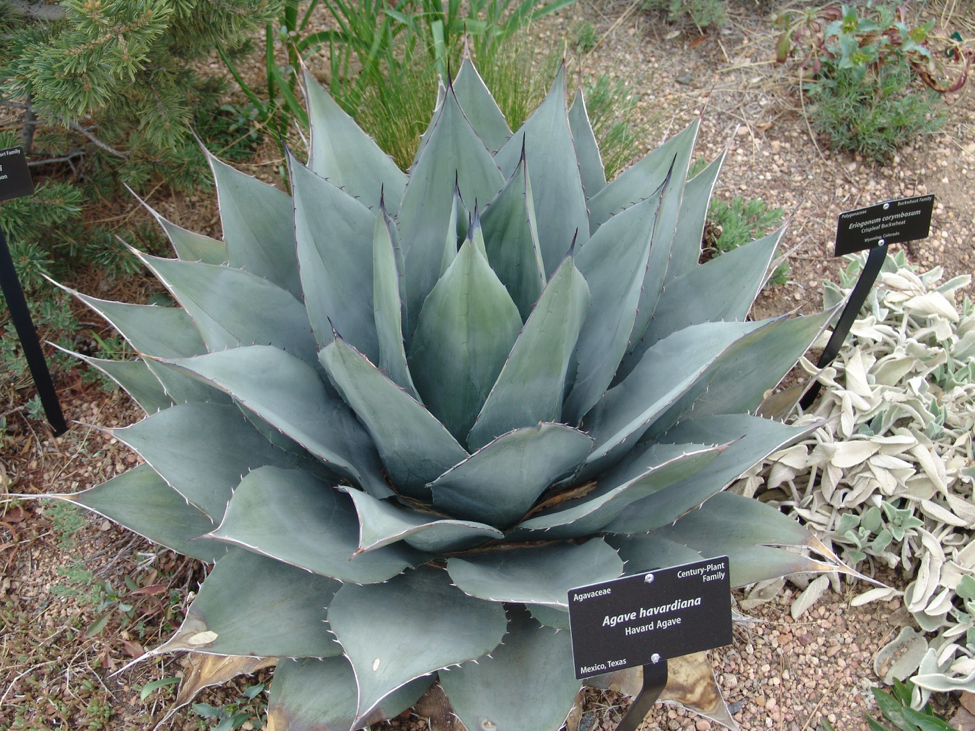In Texas, it can be tough to find plants that will hold up to the state’s ever-changing climate. With periods of intense heat and drought, followed by nights that become harsh and cold, this unique landscape presents challenges in selecting hardy, long-lasting plants. Therefore, it is important to select native plants that are well-adapted to these unique conditions and will hold up under the most challenging of circumstances.
Bluebonnets aside, here are five plants native to Austin you’ll see just about everywhere when you move to your new home.
1. Texas sage
Scientific name: Leucophyllum frutescens
Sunlight: Full sun to partial shade
Moisture: Low, drought-tolerant
Bloom time: Year-round
Height: 8 feet
Width: 4-6 feet
Attracts: Butterflies
This flowering shrub comes in several color varieties that appear intermittently from spring until fall. Soft to the touch and low on water requirements, this plant makes a lovely screen or hedge to increase privacy around your home. This plant’s foliage and blossoms vary in color depending on the geographic location. Plants closer to the Mexican border produce a grayer hue, while those that are further north display a show-stopping olive green.
Although the flowers only bloom once every few days, for a day or two at a time, it produces flowers consistently throughout the spring, summer, and fall, depending on rainfall–hence its nickname, the barometer bush.
2. Lamb’s ear
Scientific name: Stachys byzantina
Sunlight: Full sun
Moisture: Dry to average
Bloom time: May to July
Height: Up to 1.5 feet
Width: 1-2 feet
Attracts: Bees
This herbaceous perennial makes a great groundcover, as it tolerates dry or rocky soil and is resistant to pests such as rabbit and deer. It grows well in dry, warm conditions, as its woolly leaves trap moisture. Although its flowers aren’t particularly ornamental, plants grow prolifically and are easy to care for. This subtle plant provides unique texture and coverage to any border or rock garden, as well as when used as an edging species.
3. Texas wisteria
Scientific name: Wisteria frutescens
Sunlight: Full sunlight, partial sunlight, to full shade
Moisture: Average
Bloom time: May to June
Height: 6-9 inches
Width: 25-30 feet
Attracts: Butterflies
This high-climbing woody vine is a great way to dress up a trellis or when used in another ornamental setting. It produces gorgeous blue or purple flowers, and produces a brown pod that lasts until winter. Some varieties even occasionally produce white flowers. It tolerates a wide range of soils, from neutral to slightly acidic, growing well even in sandy or clay soils. It can be trained to run up columns, walls or arbors, making it a great space-saving choice.
4. Havard agave
Scientific name: Agave havardiana
Sunlight: Full sunlight, partial shade
Moisture: Dry
Bloom time: June to September
Height: 1-3 feet
Width: 1-3 feet
Attracts: Pollinators
This drought-tolerant plant produces gorgeous blooms and can survive in the toughest of conditions. Hardy up to fifteen degrees and highly drought-resistant, it produces a thick flower stalk with yellow flowers during the hot summer months. It makes a lovely and easy-to-care-for landscape accent that resists deer and other nuisances.
5. Flame acanthus
Scientific name: Anisacanthus quadrifidus var. wrightii
Sunlight: Full sunlight, partial shade
Moisture: Dry
Bloom time: June to October
Height: 3-6 feet
Width:3-5 feet
Attracts: Hummingbirds and butterflies
This cold and drought-tolerant flower is a beauty under all growing conditions but thrives with a little bit of rain, which promotes blossoming. It is known by several names, including flame acanthus, hummingbird bush, and Wright’s desert honeysuckle, among several others. It is a show-stopping shrub with bright ornamental blooms and comes back year after year. It grows well in a variety of soils, including rocky slopes and open, fertile areas, and can even thrive in patio planters. Native to west and south-central Texas all the way into Mexico, it is hardy and will produce a dense, low hedge that is both vibrant and productive.
For more information about native plants, gardening, and lawn care in the Austin area, visit LawnStarter Lawn Care.







